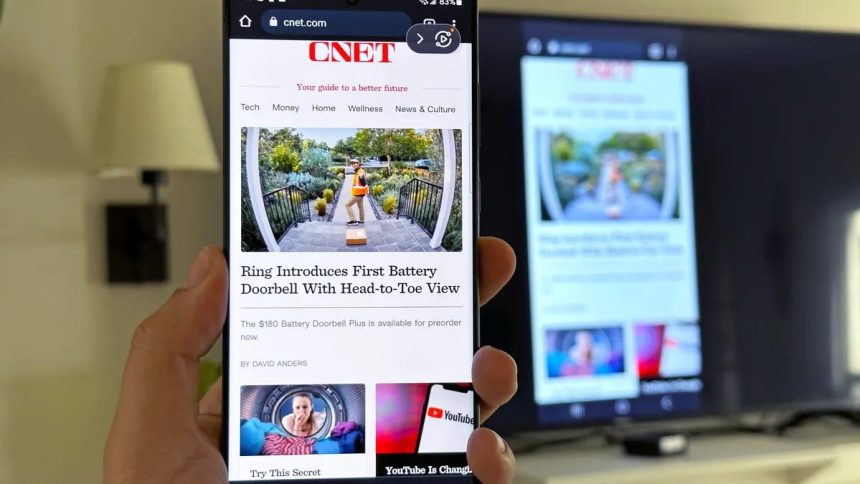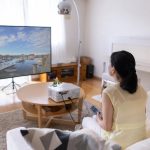Sometimes, you may need to mirror the content of your Android phone onto your TV. Whether you’re streaming a movie or browsing through TikTok, watching it on a bigger screen can enhance the experience. While using a tablet is an option, mirroring your phone screen onto your television is a convenient choice.
The best part is that you might already have everything you need. If not, setting it up is not too expensive. Here’s a guide on how to start mirroring or casting your Android phone or tablet’s screen to your TV.
To mirror your Android phone on your TV, you’ll need an Android device that supports mirroring. Android has had mirror casting since Android 5.0 Lollipop, so unless you have a very old device, it should be compatible.
In addition to a compatible Android phone or tablet, you’ll also need a Google Chromecast streaming device, such as the Chromecast with Google TV HD (which comes with a full-fledged remote), or a TV with built-in Chromecast support, like the Hisense U8H Google TV.
To check if your TV has Chromecast support, see if it appears as an available casting device when you follow the methods below.

Method 1: Cast your screen to a TV using the Google Home app The most reliable and consistent way to mirror your Android phone’s screen is by using the Google Home app. If you have already set up any of Google’s smart speakers, Nest Wifi Pro, or Chromecast devices, you likely have the app installed. If not, you can download it from the Play Store.
Open the Google Home app on your mobile device and select the Chromecast device you want to use. At the bottom of the screen, you’ll see a button labeled “Cast my screen” – tap it. Then, tap “Cast screen” on the prompt that appears to begin casting whatever is on your phone or tablet onto your TV.
To stop casting your screen, tap the button labeled “Stop mirroring” in the Home app.

Method 2: Using the Casting shortcut in the quick settings panel For an easier method, depending on your phone, you can use the Casting shortcut in the quick settings panel. Access the quick settings panel by swiping down from the top of your Android phone or tablet’s display. Look for an option labeled “Screen cast.” If you can’t find it, use the “Smart View” shortcut, which is usually available on Samsung devices.
Tap the cast button and select the device you want to mirror your display on from the list. It may take a few seconds for your phone to connect to the Chromecast-enabled device, but once connected, your screen will appear on your TV. To stop casting, repeat the same steps.
You may also find a cast button within specific apps like YouTube, which allows you to cast the content of that app only. If you exit the app on your phone while casting, the content should continue playing on your TV.

Keep in mind that not all phones include a cast button option in the quick settings panel. If your phone lacks this option, you can still mirror your phone using the Google Home app.
Remember, when you mirror your screen, everything displayed on your phone or tablet will also show up on the TV, including alerts and notifications. Consider enabling Do Not Disturb to minimize disruptions. Additionally, there might be a slight delay between your phone and TV when casting, so if you plan to play games, it’s best to avoid more resource-intensive titles like Fortnite.
If you want to explore more features of your Chromecast, check out these tips. Google Assistant also has a helpful trick for when you have a song stuck in your head.








